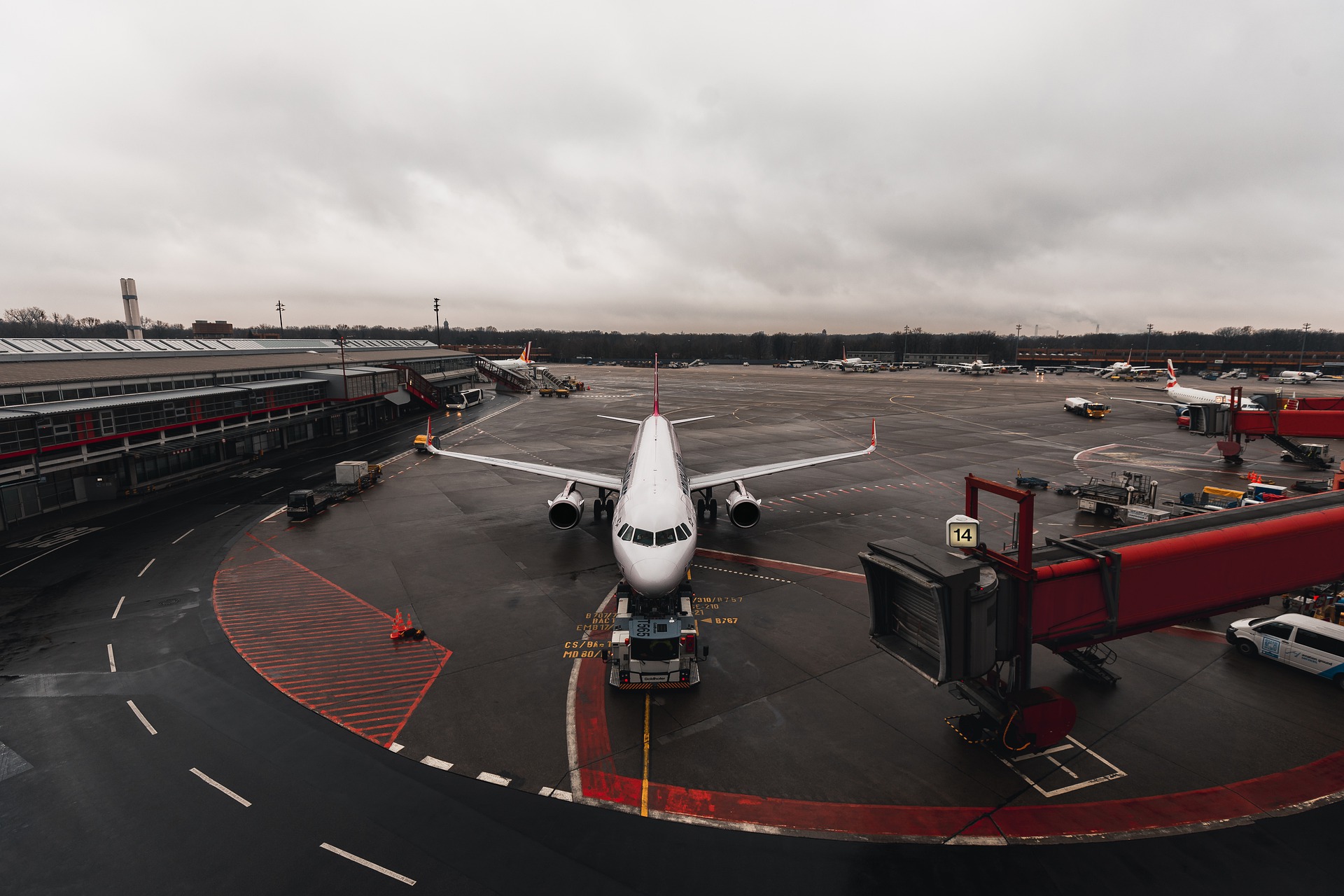History Lombok International Airport, also known as Zainuddin Abdul Madjid International Airport, (LOP) is a domestic and international airport located in Central Lombok Regency, West Nusa Tenggara province, Indonesia. This airport is operated by PT Angkasa Pura and was first opened on October 1, 2011 to replace the function of Selaparang Mataram Airport. Located right in the heart of the exotic island of Lombok, precisely on Jalan Tanak Awu. Serving domestic and international flights. Airlines serving domestic routes include Garuda Indonesia, Merpati Nusantara, Lion Air, Wings Air, Citilink, Sky Aviation, Trans Nusa Aviation, Indonesia Air Transport (Non Regular), and Travira Air (Non Regular). International routes are served by Silk Air and AirAsia. The architecture of this airport has the characteristics of traditional Sasak houses, but of course uses modern galvanized steel materials. Lombok International Airport or abbreviated as BIL, has several proposed names. Based on the History of Lombok International Airport In January 2009 the results of a public opinion poll conducted in Lombok showed that Lombok International Airport (BIL) was chosen by 40.4% of respondents, Sasak International Airport (BIS) 20%, Rinjani International Airport (BIR) 46 16.7%, Mandalika International Airport (BIM) 10.9%, Selaparang International Airport (SIA) 8%, Pejanggik International Airport (PIA) 2.9%, and Arya Banjar Getas International Airport (ABGIA) but now, International Airport Selaparang no longer functions as an airport, therefore polls are no longer available from Selaparang International Airport (SIA). On September 5 2018, Lombok International Airport (BIL) was renamed to Zainuddin Abdul Madjid International Airport (BIZAM). The runway, taxiways and aprons were in the final stages of construction and facility installation in Q3 2010. The terminal and other supporting facilities were in the final stages of completion at the end of September 2011. The airport’s opening date had been scheduled and later postponed several times. And announced for official opening on October 1 this partly responds to the urgent need to be operational before the start of Hajj flights in late 2011.

When Lombok International Airport was operating, all existing flight schedules at Lombok Selaparang Airport were moved to the new airport. Since Selaparang Airport cannot accommodate wide-body aircraft, it is hoped that international and domestic services will soon complete the route for wide-body aircraft that cannot land in Mataram. The runway, taxiways and aprons were in the final stages of construction and facility installation in Q3 2010. The terminal and other supporting facilities were in the final stages of completion at the end of September 2011. The airport’s opening date had been scheduled and later postponed several times. And announced for official opening on October 1 this partly responds to the urgent need to be operational before the start of Hajj flights in late 2011.

Phase I (2006-2009)
- Runway: 45m x 2500m
- Apron: 52.074 m²
- Taxiway: 2 exit taxiway
- Terminal: 12.000 m² (Penumpang, VIP, Kargo)
- Parkir: 17.500 m²
Phase II (2013-2015)
- Runway: 45m x 2750m
- Apron: 63.294 m²
- Taxiway: 2 exit taxiway
- Terminal: 16.500 m² (2,4juta penumpang per tahun)
- Parkir: 29.100 m²
Phase III (2028)
- Runway: 45m x 3600m
- Apron: 74.514 m²
- Taxiway: taxiway keluar dari 12, 2 taxiway keluar yang cepat, 1 paralel taxiway
- Terminal: 28.750 m² (3.25juta penumpang per tahun)
- Parkir: 29.100 m²

Lombok Island (population around 2,722,123 inhabitants is an island in the Lesser Sunda archipelago or Nusa Tenggara which is separated by the Lombok Strait from Bali in the west and the Alas Strait in the east from Sumbawa. The island is more or less round in shape with a kind of “tail” on the southwest side with a length of approximately 70 km. The island’s area reaches 5,435 km² placing it on the 108th list of islands based on its area in the world. The main city on this island is Mataram City. The island’s topography is dominated by the Rinjani volcano with a height of 3,726 meters above sea level and making it the third highest in Indonesia. The volcano last erupted in June-July 1994. In 1997 the Segara Anak mountain and lake area in the middle was declared protected by the government. The southern area of the island consists mostly of fertile soil that used for agriculture, commodities that are usually grown in this area include corn g, rice, coffee, tobacco and cotton. Lombok is in many ways similar to Bali, and in the 1990s it began to be recognized by foreign tourists. However, with the emergence of the monetary crisis that hit Indonesia at the end of 1997 and other crises that accompanied it, tourism potential was somewhat neglected. Then in early 2000 there were inter-ethnic and inter-religious riots throughout Lombok, resulting in the massive displacement of minorities. They mainly fled to the island of Bali. But after a while the situation has become conducive and they are back. In 2007 the tourism sector was the only sector in Lombok that was growing and the increasing number of tourists who come to Lombok in recent years by air will of course also improve the facilities available at the airport to increase the comfort of the tourists, especially lombok land transportation services from or to the airport.

Comment (0)